In recent years, forensic science has advanced in ways that were once considered science fiction. These advancements provide new methods for identifying criminals and victims. Get ready to be amazed by how forensics is evolving!
Blowfly Maggots
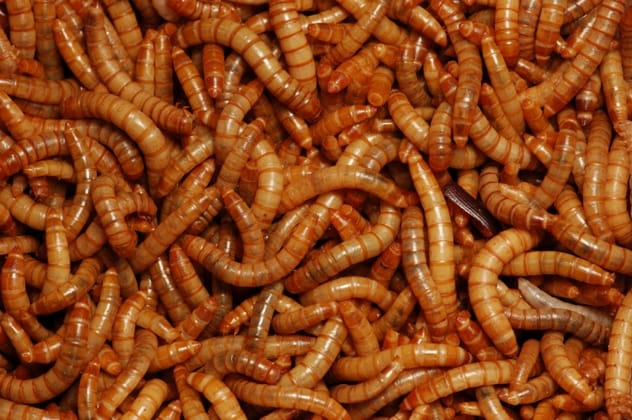
Estimating the time of death, known as the postmortem interval (PMI), is crucial in forensic investigations. Blowfly maggots can help determine PMI, especially in cases where death occurred at least 72 hours prior. By examining the most mature blowfly larvae found on a corpse, investigators can estimate how long the person has been dead. Blowflies are drawn to a corpse and lay their eggs within minutes of death. The larvae feed on the body until they mature. The presence of toxins or gunshot residue in the body can affect the development rate of blowflies, providing critical evidence in shooting and intoxication cases.
Lipstick Traces

Lipstick traces at a crime scene can link a person to the location or indicate physical contact between individuals. Raman spectroscopy, a newer technique, allows investigators to identify lipstick brands without contaminating the evidence. This method analyzes microscopic lipstick samples through transparent layers, such as evidence bags. Raman spectroscopy uses a microscope to collect light scattered by the lipstick, creating a unique vibrational fingerprint for each brand. By comparing the sample from the crime scene to known lipstick spectra, investigators can identify the brand.
Lumicyano Fingerprint Detection

Fingerprints are vital evidence in crime investigations, but traditional detection methods have drawbacks. Lumicyano is a newer product that highlights fingerprints directly, quickly, and inexpensively, without destroying DNA. It combines cyanoacrylate (from Super Glue) with a fluorescent colorant. When Lumicyano is sprayed on a fingerprint, the print becomes visible under a UV lamp or forensic lighting. Law enforcement agencies worldwide have adopted this method for its effectiveness and speed.
Home Microbes
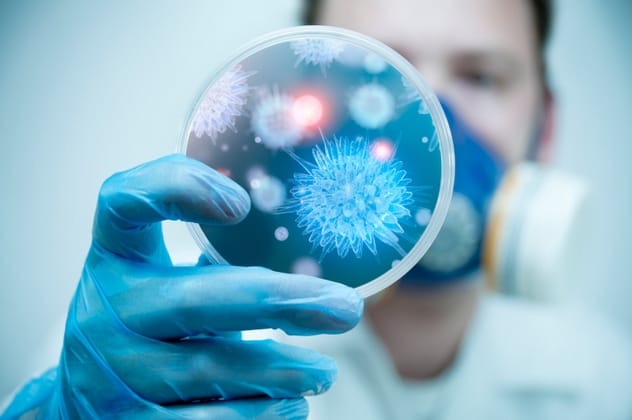
We populate our homes with our own bacteria, and these microbes move with us when we relocate. The Home Microbiome Project found that families introduce their unique microbes into a new house within 24 hours. Researchers can identify which family a microbial sample came from, making home microbiome studies potentially useful for forensic investigations. Analysis of home microbes can theoretically predict whether a person has lived in a location and how recently.
Chemically Treated Cloth Fibers
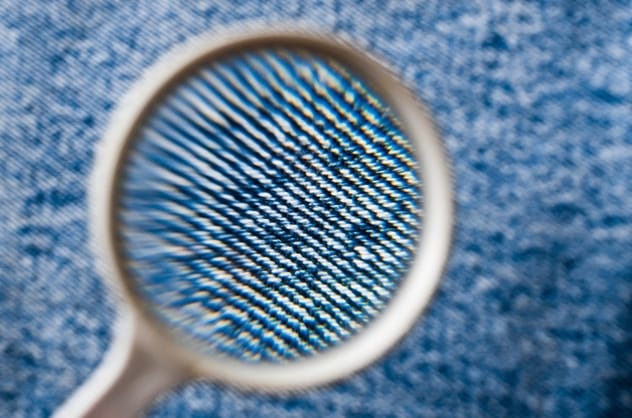
Detecting chemical signatures on white cotton fibers can help forensic investigators. X-ray photoelectron spectroscopy (XPS) is used to identify chemical signatures from manufacturing processes designed to make cloth iron-free, stain-resistant, or waterproof. XPS analyzes layers beneath the surface of chemically treated cloth, allowing investigators to differentiate between fibers that appear the same but originate from different chemical processes. This technique is becoming more feasible for forensic investigations due to faster results and smaller sample sizes.
Hair Vapors
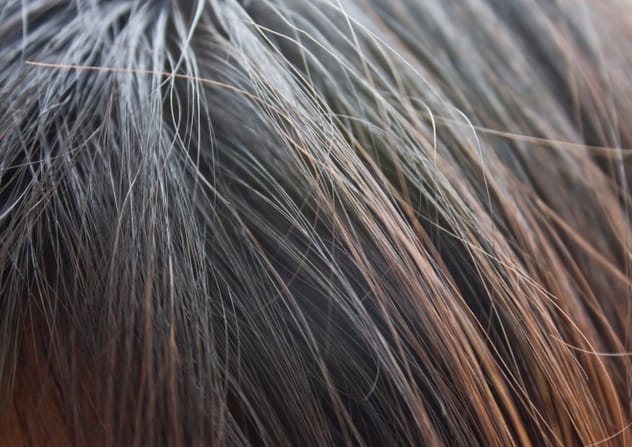
Analyzing hair can reveal a person’s gender, ethnicity, and diet. Researchers at Queen’s University have developed a process to analyze human hair that is more accurate and quicker than current blood tests. The process involves grinding, burning, and analyzing the resulting vapor for identifying information. Initial tests have shown 100 percent accuracy in identifying Caucasians, East Asians, and South Asians. Future improvements aim to determine specific ages, more ethnicities, and geographic locations.
Lead In Teeth
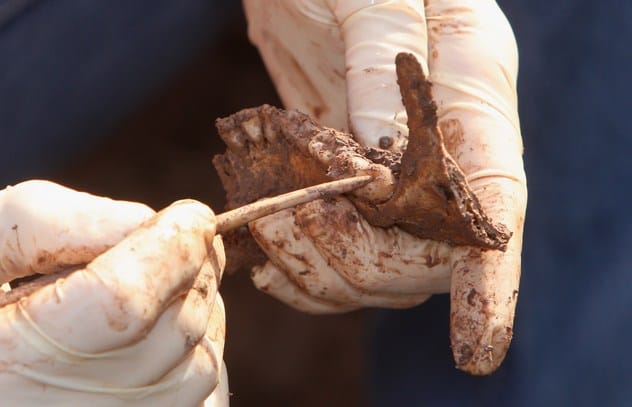
Analyzing the lead in a person’s teeth can help determine where and when they grew up. Teeth absorb traces of lead from the environment during childhood, and the deposits of lead ore vary worldwide. By analyzing the lead in teeth, forensic scientists can identify the country or region where a person grew up. The approximate age of a body can also be determined by the presence of lead from leaded gas used from the 1920s through the 1980s.
Arson Analysis

A computer program developed by the University of Alberta and the Royal Canadian Mounted Police (RCMP) analyzes chemical data from arson investigations more quickly than human scientists. The program examines debris samples to determine the cause of the fire. The computer program accurately isolates gasoline signatures and aims to test other flammable liquids, creating a commercial program for arson investigations.
Child Abuse Detection

Forensic science techniques can detect child abuse. Experts from North Carolina University have created a guide to help investigators recognize child abuse and starvation. A DXA scan can measure a child’s bone density, revealing signs of severe malnutrition. Rib fractures are also strong indicators of abuse. Ensuring the caregiver’s story matches the child’s injuries is crucial in these investigations.
Silent Video Analysis

Researchers have developed a mind-blowing technique to recover audio signals from the tiny vibrations of objects captured on surveillance video. They have detected sounds from silent videos of plant leaves, aluminum foil, and even extracted recognizable speech from a potato chip bag filmed through soundproof glass. By analyzing the subtle visual signals caused by sound vibrations, forensic scientists can potentially identify perpetrators.
These forensic techniques show how science is continually advancing to aid in solving crimes. From analyzing maggots to extracting audio from silent videos, the possibilities seem endless. It’s amazing how these methods can help bring justice and closure to victims and their families.
What do you think about these forensic techniques? Let us know in the comments below!










